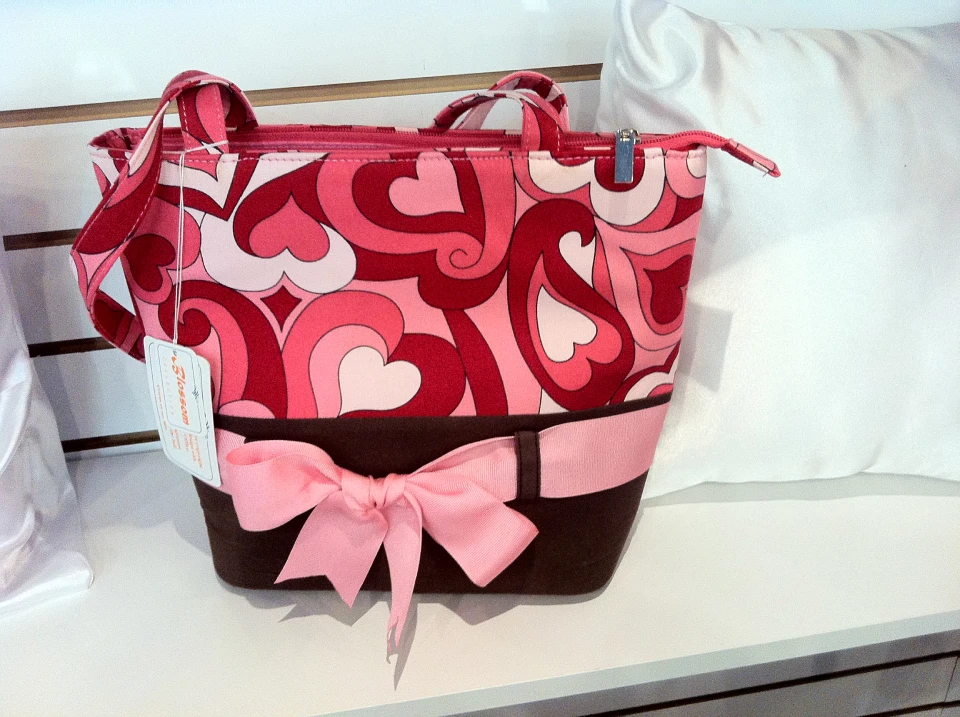Personalized School Uniforms with High-Quality Embroidery Providers
Personalized School Uniforms with High-Quality Embroidery Providers
Blog Article
The Art of Custom Needlework: Unlocking the Keys to Creating Special and Remarkable Designs
The keys to developing custom embroidery layouts that captivate the eye and leave a long lasting perception lie in a delicate equilibrium of method, imagination, and interest to detail. As we dive into the globe of customized needlework, we uncover the nuanced interplay between thread choice, stitch complexity, and layout customization that elevates a plain garment to a job of art.
Choosing the Right Embroidery Threads
When choosing embroidery strings, what key factors should you take into consideration to make certain the most effective outcomes for your customized styles? The option of needlework thread is crucial in determining the last result of your embroidered design. Among the main considerations is the material of the thread. Various products such as cotton, polyester, rayon, and silk supply differing levels of sheen, sturdiness, and appearance. It is important to pick a string material that enhances the fabric you are stitching on and aligns with the preferred look of the design.
Thicker strings can add measurement and appearance to your layout, while finer strings are excellent for intricate details and little message. Furthermore, considering the shade fastness and washability of the thread is vital to make certain that your custom-made layouts maintain their top quality and vibrancy over time.
Discovering Various Stitch Methods
To dive right into the world of 'Checking out Different Stitch Techniques', one must grasp the intricacies and nuances that each stitching method offers the art of needlework. Different stitch strategies not only include aesthetic passion yet additionally add to the overall appearance and measurement of the design. One preferred stitch technique is the satin stitch, which involves very closely jam-packed parallel stitches to develop a smooth and shiny surface, perfect for filling in shapes and producing strong lays out.
On the other hand, the backstitch is a functional method often utilized for outlining and adding great information. It entails stitching backward to create a strong line of embroidery. Furthermore, the French knot stitch adds a responsive aspect to layouts, perfect for developing distinctive accents like flower facilities or attractive touches.
Checking out different stitch techniques allows embroiderers to play with light, darkness, and depth within their layouts, elevating the visual charm and imaginative high quality of their embroidery jobs. By grasping various sewing approaches, one can unlock limitless opportunities for producing special and remarkable personalized needlework items.
Incorporating Personalized Design Aspects
Having actually discovered the details of various stitch methods such as the satin stitch, backstitch, and French knot, the emphasis now changes in the direction of incorporating tailored layout components in customized embroidery tasks. Individualized layout elements play a crucial function in making embroidery tasks absolutely special and unforgettable.
Another method to include individualized style aspects is by including symbols or concepts that hold special meaning to the recipient or show their passions and character. For example, integrating a favorite blossom, animal, or hobby-related icon can make the needlework style more meaningful and tailored. Additionally, picking shades that reverberate with the recipient or align with the desired motif can better enhance the customization of the needlework job.
Mastering the Art of Shade Coordination

One key facet of shade control is comprehending color concept. this article This consists of understanding just how different colors connect with each various other, the feelings they share, and how they can be incorporated to produce visually enticing designs. By applying color theory concepts, embroiderers can develop harmonious color schemes that boost the total look of the style.
In addition, taking note of contrast is vital in color coordination. Utilizing contrasting shades can help twisted tailor suits particular aspects of the design pop, enhance clarity, and produce an aesthetically dynamic embroidery item. By mastering the art of color sychronisation, embroiderers can boost their designs and develop memorable pieces that reverberate with clients and audiences alike.
Enhancing Texture With Advanced Needlework Stitches
French knots, as an example, are excellent for adding tiny, elevated dots to your layout, mimicking the appearance of grains or producing a distinctive surface. Bullion knots, on the various other hand, can be used to develop twisted, ropelike components that add a glamorous feeling to the needlework. Seed stitching includes small, scattered stitches that can complete site locations with a polychromatic texture, while turkey work develops fluffy, dimensional accents evocative animal hair or foliage. Trying out these innovative needlework stitches allows you to press the limits of standard embroidery and produce truly distinct and visually attractive appearances in your layouts.
Verdict
To conclude, the art of custom-made needlework includes a combination of choosing the right threads, checking out different stitch techniques, incorporating tailored layout aspects, grasping color sychronisation, and boosting structure with innovative stitches. By comprehending and implementing these key aspects, embroiderers can create special and memorable designs that display their creativity and ability. Embroidery lovers can unlock the keys to developing attractive and bespoke items that attract attention and leave an enduring perception.
Report this page